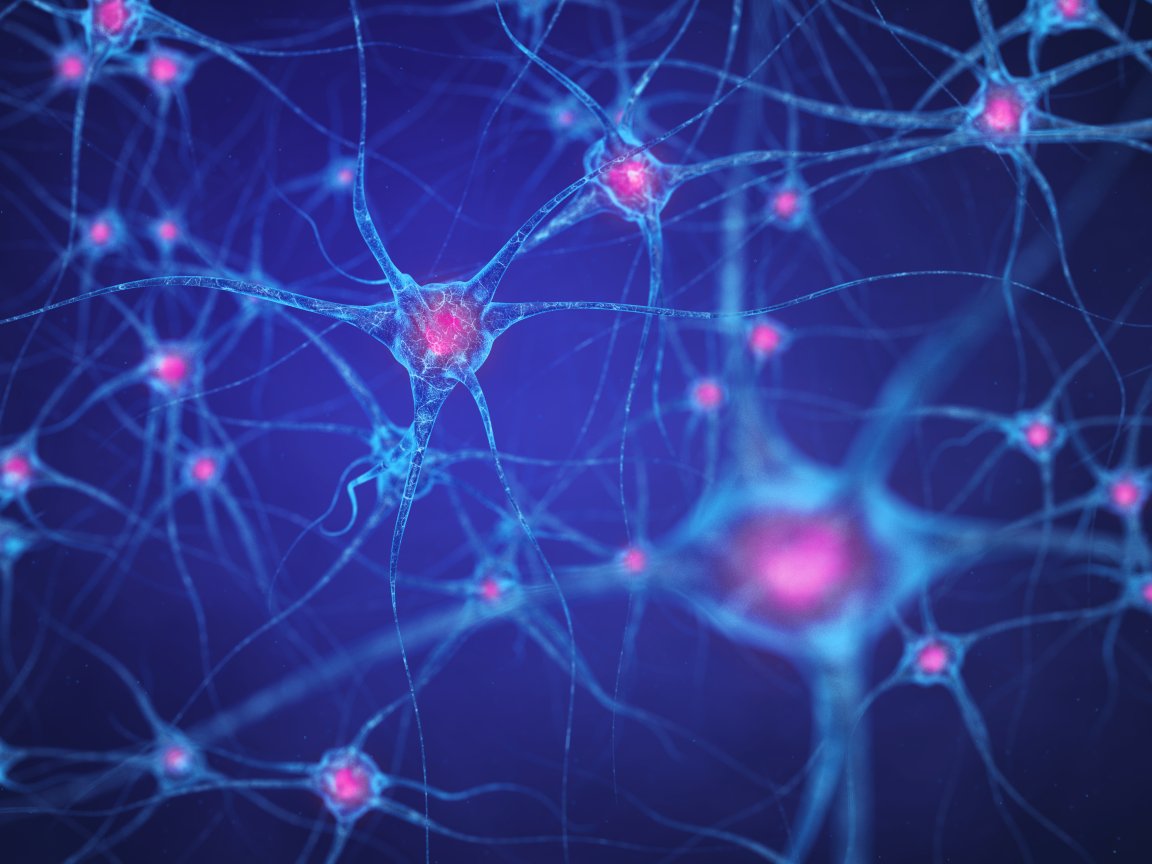
Today’s artificial intelligence (AI) systems are, no doubt, considerably advanced. There are now intelligent machine learning algorithms capable of driving vehicles, assisting doctors, or even engaging in art and in almost-human conversation. However, despite AI programmed as artificial deep neural networks, these are still far from actually mimicking what the human brain is capable of.
Renowned futurist and Google engineer Ray Kurzweil thinks that the key to human-level AI is a master algorithm, and he believes that the brain holds a blueprint to this. The famous inventor and thinker, known for his mostly accurate predictions about future technologies, said that the brain’s neocortex — that part of the brain that’s responsible for intelligent behavior — consists of roughly 300 million modules that recognize patterns. These modules are self-organized into hierarchies that turn simple patterns into complex concepts.

Despite neuroscience advancing by leaps and bounds over the years, we still haven’t quite figured out how the neocortex works. Kurzweil argued that these multiple modules “all have the same algorithm,” he said in the video by the Singularity University posted above. “The mathematics of thinking, I think, is being understood,” Kurzweil added, “but I would not claim that we understand it fully. But we’re getting more and more hints as we learn more and more about the human brain.”
Perhaps soon enough, we’ll figure out that master algorithm and understand our brains better. Then we’ll either be able to make better AI — or AI that’s better than us. It’s worth finding out.